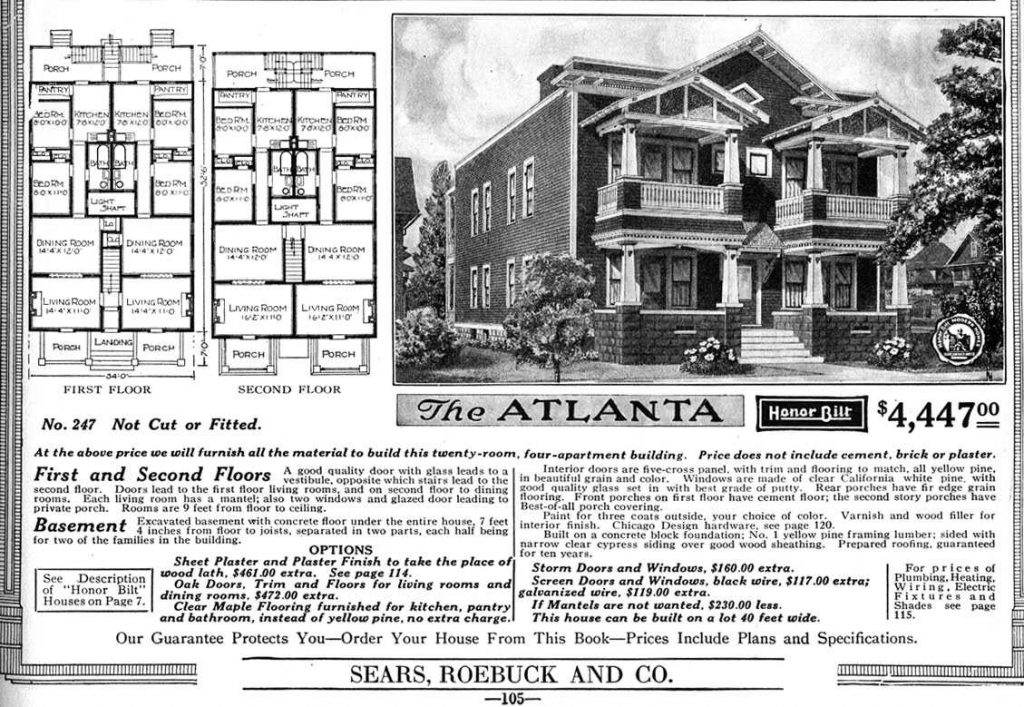Return to the Pattern Book?
By TH!NK by IBI
Date
April 18, 20183D printing has been one of the most revolutionary advances within the field of architecture over the last ten years. This new technology makes for endless customization opportunities for buildings including the use of irregular shapes and textures that would otherwise be difficult to achieve.
Groups such as Win Sun and Apis Cor, have been using this technology to create buildings in as little as 24 hours using mobile printing machines that can assemble self-bearing walls onsite. Printing machines use recycled concrete ink as a structural material, coating buildings with a brutalism-layer cake-like façade. While development of this technology is still underway, users should one day be able to search online for downloadable patterns to print their own homes. Although 3D printing is certainly a new step in the future of construction, this model of “house hunting” is more traditional than you may think.
Known as architecture’s oldest new idea, pre-fabricated homes have been popularized and re-branded since the late 19th century.
House Hunting made Easy
Take a walk down Pendrall Street in Vancouver and you’ll pass by the Mole Hill Community Housing Society, an exemplary block of 19th century homes. Look a little closer and you’ll begin to notice the striking similarities between the homes, some appearing nearly identical apart from small details around the window frames. This is because many homes at this time were built from pattern books where families could shop for homes using catalogues, and buy a “ready-cut” kit with pre-measured and built components. Home owners would then be free to customize at their local sash-and-trim shop, selecting decorative shingles or gingerbreading accents.

A 19th-century housing advertisement from the Sears Roebuck Catalog. Click here for larger image. Image via Wikimedia Commons
Two centuries later and we now see a return to the pattern book housing model. This form of house hunting is already well established within the pre-fabricated homes industry, with MUJI and MIMA paving the way. While large-scale 3D printing still has a way to go before it hits the mainstream, groups such as ICON leads us to believe it won’t be long until we can download a house of our own.
Lead image: Vancouver’s Mole Hill Housing Society by Joe Mabel from Wikimedia Commons







